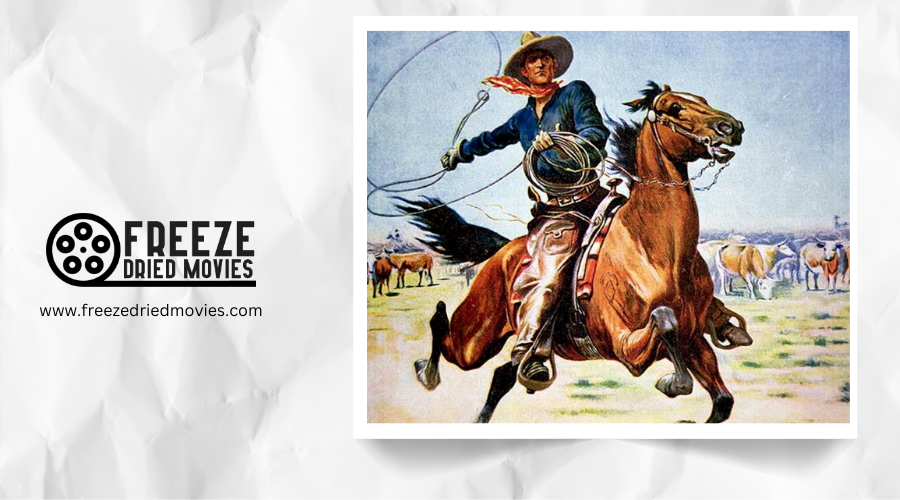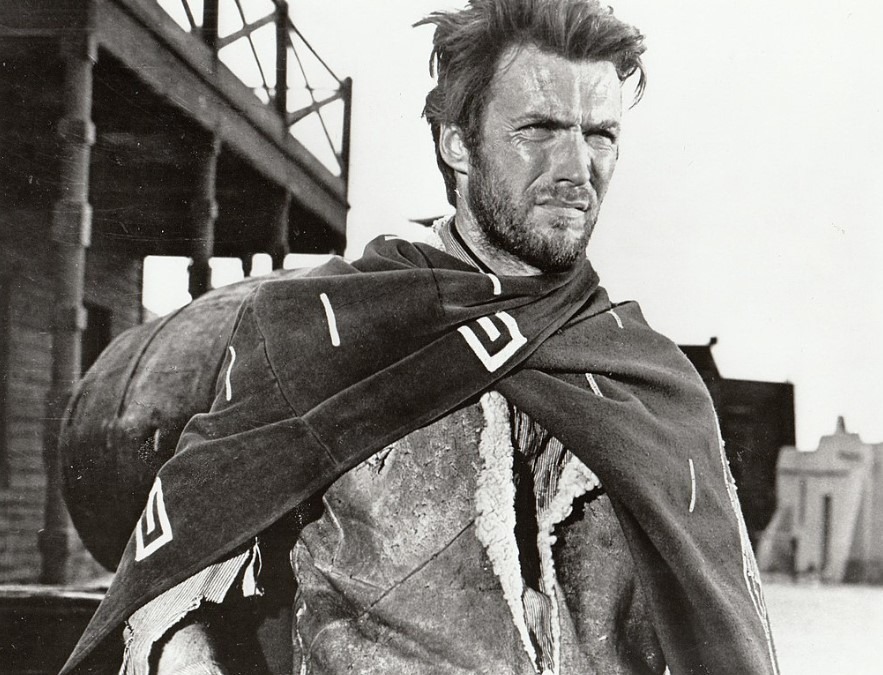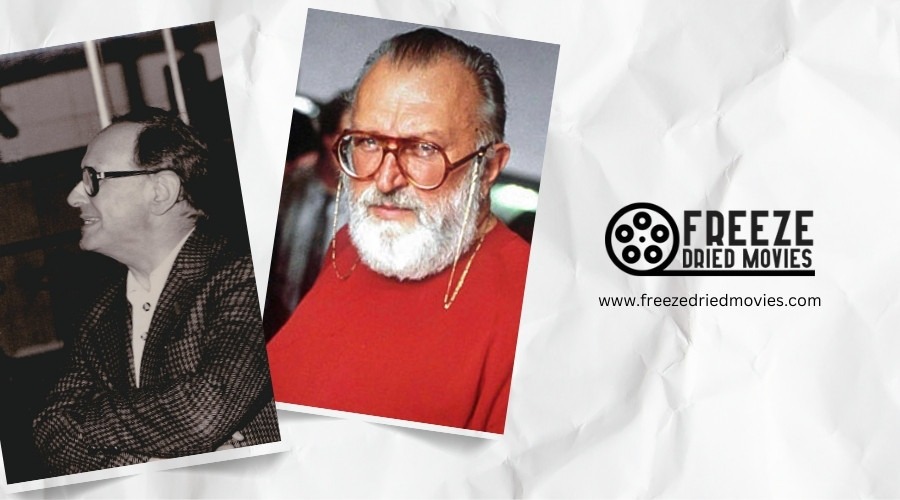The Top Iconic Spaghetti Western Films Every Fan Must See

Few film movements have so dramatically rewritten genre rules as the Spaghetti Western. If you're new to these gritty, stylized tales of the frontier, you're in for a revelation. Beyond Clint Eastwood's squinting gunslinger and Ennio Morricone's haunting whistles lies a world of morally complex characters, political commentary, and revolutionary filmmaking techniques. From Leone's operatic masterpieces to Corbucci's snow-covered bloodbaths, these essential films don't just entertain—they'll forever change how you see the American West.
The Dollars Trilogy: Leone's Revolutionary Vision of the West
When discussing the evolution of the Western genre, Sergio Leone's Dollars Trilogy stands as a watershed moment that forever altered cinematic landscapes. Through "A Fistful of Dollars," "For a Few Dollars More," and "The Good, the Bad and the Ugly," Leone rejected romanticized depictions of the American West, instead embracing moral ambiguity and gritty realism.
You'll immediately recognize Leone's distinctive visual style—extreme close-ups, prolonged silences, and sweeping landscapes that heighten tension and isolation. As Clint Eastwood's "Man with No Name" navigates this lawless frontier with cunning and gunslinging prowess, Ennio Morricone's haunting scores underscore every moment.
The trilogy masterfully blends thrilling action with dark humor, establishing the Spaghetti Western as a legitimate art form and influencing countless filmmakers with its uncompromising vision. While Leone redefined the genre overseas, John Wayne was perfecting his craft in America through B-grade Westerns that would shape his iconic screen persona for decades to come.

Beyond Leone: Sergio Corbucci's Brutal and Influential Masterpieces
While Sergio Leone receives well-deserved acclaim for revolutionizing the Spaghetti Western, Sergio Corbucci's contributions remain equally vital to the genre's evolution. His uncompromising vision delivered some of the most gritty and violent entries in the canon, starting with 1966's "Django," which established his trademark brutality.
His political commentary shines in "Companeros" with its compelling buddy-film dynamics, while "The Mercenary" features an innovative revolutionary disguised as a rodeo clown.
You'll find Corbucci's masterpiece in "The Great Silence," a stark tale of a mute gunfighter seeking vengeance amid snow-covered Dolomites. This tragic narrative stands in stark contrast to most westerns.
Throughout his work, Corbucci's brutal approach and dark themes, complemented by Ennio Morricone's haunting scores, cemented his legacy as a spaghetti western pioneer. These atmospheric films share a similar quality with Vincent Price's collaborations in gothic horror that redefined their respective genres through visual storytelling.
Political Westerns: Revolution and Social Commentary in the Genre
Corbucci's political undercurrents in films like "Companeros" hint at a broader trend within the Spaghetti Western genre. These "Zapata Westerns" used the Mexican Revolution as a backdrop to explore deeper social commentary and class conflict.
You'll find four standout political westerns that masterfully blend action with revolutionary themes:
- "A Bullet for the General" - Transforms Mexican bandits into revolutionaries through confrontation with social injustice
- "The Mercenary" - Features a revolutionary in disguise as a rodeo clown, highlighting political resistance
- "Compañeros" - Corbucci's follow-up delivers strong messaging about revolutionary struggle
- "Duck, You Sucker!" - Leone's examination of social upheaval along the Mexican border, featuring a reluctant rebel general
These films prove the genre wasn't just about gunfights—it delivered powerful political themes through the lens of revolution. Unlike the overtly propagandistic films of the 1930s where Reich Cinema Law required script approval to promote nationalist ideologies, these Spaghetti Westerns could subtly critique political systems through their revolutionary narratives.

Cult Classics: Underappreciated Gems That Defined the Spaghetti Western
Beyond the celebrated masterpieces of Leone and Corbucci, the Spaghetti Western landscape is peppered with underappreciated gems that have built devoted followings over time. While casual viewers might recognize Django with Franco Nero, true aficionados seek out films like The Great Silence and The Big Gundown.
Sergio Sollima's contributions to Italian Westerns remain criminally overlooked, particularly his politically charged Bullet for the General. You'll find hidden treasures in The Return of Ringo, showcasing the genre's capacity for revenge tales with mythological undertones. Even Giuliano Gemma (sometimes credited as Montgomery Wood) delivered performances that elevated modest productions to cult status.
These underappreciated gems often explored darker themes, experimental cinematography, and challenging narratives that have influenced filmmakers for generations despite their initial commercial limitations.
The Visual Language of Spaghetti Westerns: Cinematography and Style
The aesthetic power of Spaghetti Westerns extends well beyond their storytelling and into a revolutionary visual language that separates them from their American counterparts. When you watch a Leone film, you're experiencing cinematography that broke all the rules—thanks largely to visionaries like Sergio Leone and cinematographer Tonino Delli Colli.
What makes this visual style so distinctive?
- Techniscope format - The wide-screen, gritty texture gave spaghetti Westerns their trademark look on 35mm film
- Extreme close-ups - Lingering on Eastwood's squinting eyes or Van Cleef's menacing stare created unbearable tension
- Stark landscapes - Desolate terrain and abandoned towns became characters themselves
- Unconventional techniques - Dramatic zooms, stylized slow-motion, and unexpected angles revolutionized Western cinematography
Legendary Performances: The Actors Who Shaped the Genre
Charisma defined the spaghetti western as much as gunfire and desert landscapes. Clint Eastwood's portrayal of the "Man with No Name" in Sergio Leone's Dollar Trilogy created the template for the laconic, rugged hero that would influence countless films.
You'll recognize Lee Van Cleef by his piercing eyes and menacing presence in classics like "For a Few Dollars More." Franco Nero's magnetic performance in "Django" spawned numerous imitations, while Gian Maria Volonté brought unexpected depth to the genre through his nuanced political westerns.
For a lighter touch, Terence Hill and Bud Spencer's chemistry infused spaghetti westerns with humor in the beloved "Trinity" series. These spaghetti Western icons didn't just act in these films—they embodied characters that transformed a niche genre into a global cinematic phenomenon.
The Twilight Era: Late Period Spaghetti Westerns Worth Discovering
While most film enthusiasts focus on the genre's golden age, late-period spaghetti westerns offer hidden treasures worth your attention. As the genre evolved, stars like Terence Hill and Bud Spencer carried the torch with films that balanced comedy and action.
- My Name Is Nobody (1973) - Conceivably Sergio Leone's swan song to the genre, featuring Henry Fonda alongside Trinity star Terence Hill
- It Can Be Done, Amigo (1972) - Showcases Bud Spencer at his western peak, perfectly balancing comedy with drama
- Ono il magnifico (1972) - Features Hill channeling American stars while maintaining the Trinity charm fans loved
- Buddy Goes West (1981) - Shot on iconic "Once Upon a Time in the West" locations, representing the genre's final chapter



